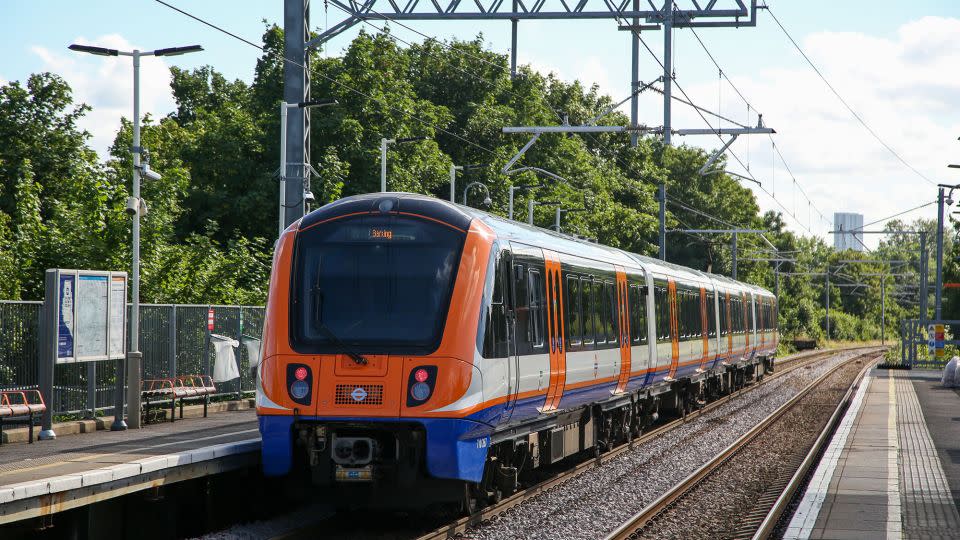London’s transport network gets six new names – and a lot less orange
London’s world-famous transit network is known for the historic names that define the individual Underground lines. Now, the city is to get six more.
A clutch of lines that make up the sister Overground system, which mostly connects outer suburban areas, are also to be named.
The names will reflect the heritage of the communities they serve, and the capital city as a whole, according to the city’s transit authority, Transport for London (TfL).
The six lines, which until now had all been represented in orange on route maps, will get individual colors.
From later this year, the routes will be known as Lioness line, the Mildmay line, the Windrush line, the Weaver line, the Suffragette line and the Liberty line. The rebranding exercise will cost £6.3 million (about $7.9 million), TfL said

“The lines have been named to celebrate London and the communities that have shaped our city,” TfL said, adding that it would make the system easier to navitage.
New names highlight ‘forgotten’ stories
The Lioness line, which will be marked in yellow parallel lines on the map, runs from Euston station in central London to Watford Junction, north of the capital. Its identity is inspired by the nickname for the England women’s football team, who won the UEFA Women’s Euro 2022 tournament at Wembley Stadium, which lies on the route.
The Mildmay line, which will appear as blue parallel lines, runs from Stratford in east London to Richmond and Clapham Junction in the southwest. It is named after a charitable hospital in the district of Shoreditch, which played a key role in the fight against HIV/AIDS in the 1980s and 90s.
Then there is the Windrush line, which starts at Highbury and Islington in north London, and fans out south to to Clapham Junction, New Cross, Crystal Palace and West Croydon. It passes through several areas with ties to the Caribbean community, many of whom were part of the Windrush generation, named for the ship that first brought migrants from the Caribbean to the UK. It will be marked in red parallel lines.
Next is the Weaver line from Liverpool Street in the center of the city to the northeastern suburbs of Cheshunt, Enfield Town and Chingford. It takes its name from areas along its route which were important in the textile trade, and will be represented on the map by maroon parallel lines.
The Suffragette line, which will be marked in green parallel lines, meanders through northern parts of the city from Gospel Oak to Barking Riverside in the east. It is named for the movement that campaigned – often violently – for women’s right to vote in the late 19th and early 20th century. Many of the campaigners lived in the east London neighborhoods along its route.
And finally the Liberty line, which will appear as gray parallel lines, covers the short stub of a route that runs between the comparatively rural suburbs of Romford and Upminster, east of London. Its name “references the historical independence of the people of Havering,” through which is runs, according to TFL. Havering was established as a “royal liberty” – an ancient form of local government – in the 15th century. Among other things, the charter, granted by King Edward IV, granted the areas freedom from taxation.
Mayor of London Sadiq Khan said that the initiative would encourage people to learn the “fascinating, and often forgotten, stories from our city.”
“Naming the lines will not only help educate visitors about our amazing city and its incredible history but will also make it easier for people who live, work or visit London to navigate the city,” he said.
Inevitably, not everyone was happy. Susan Hall, the Conservative nominee for the London mayoral elections, called it a “pointless, costly, virtue signalling project.”
For more CNN news and newsletters create an account at CNN.com

